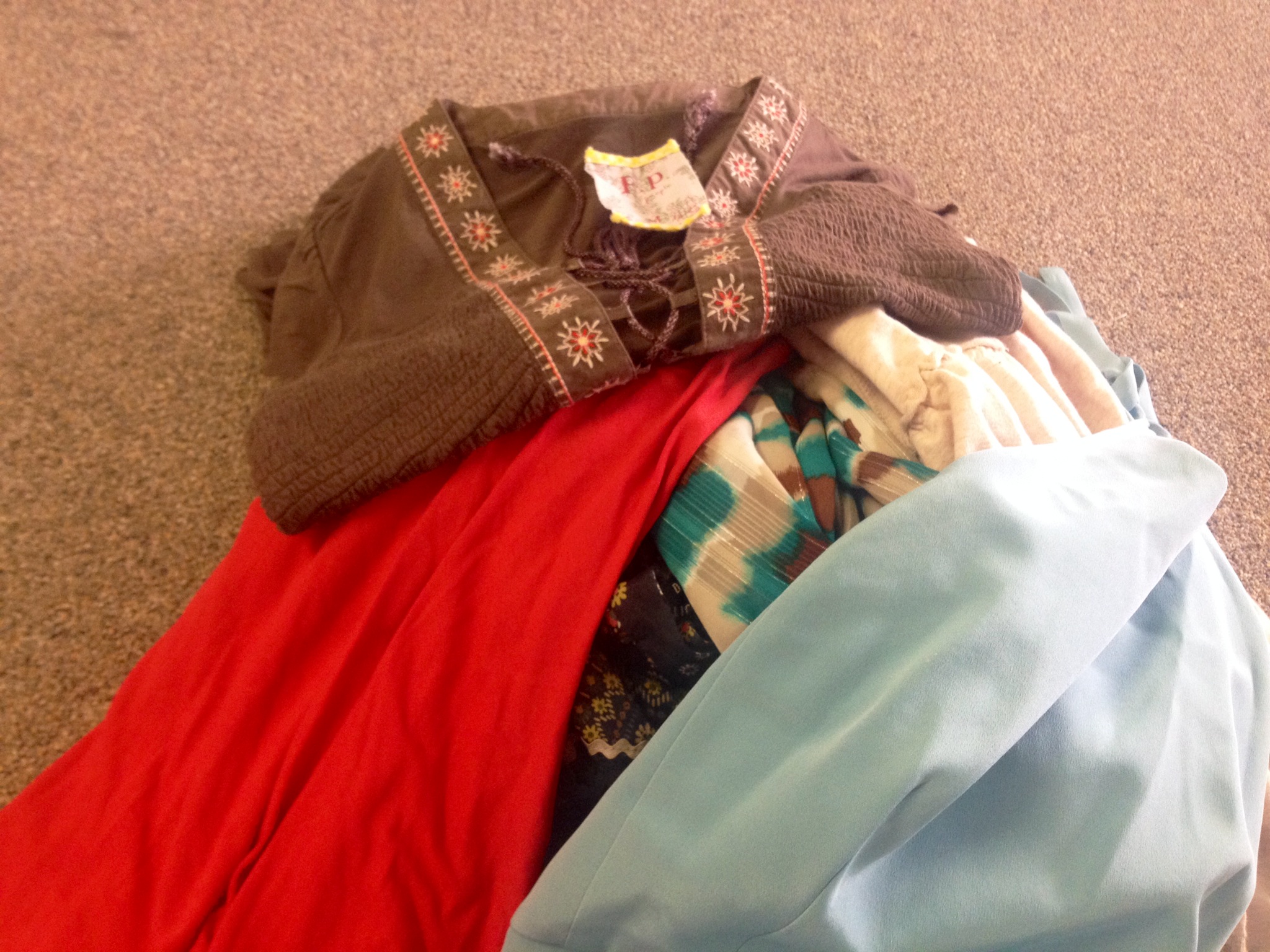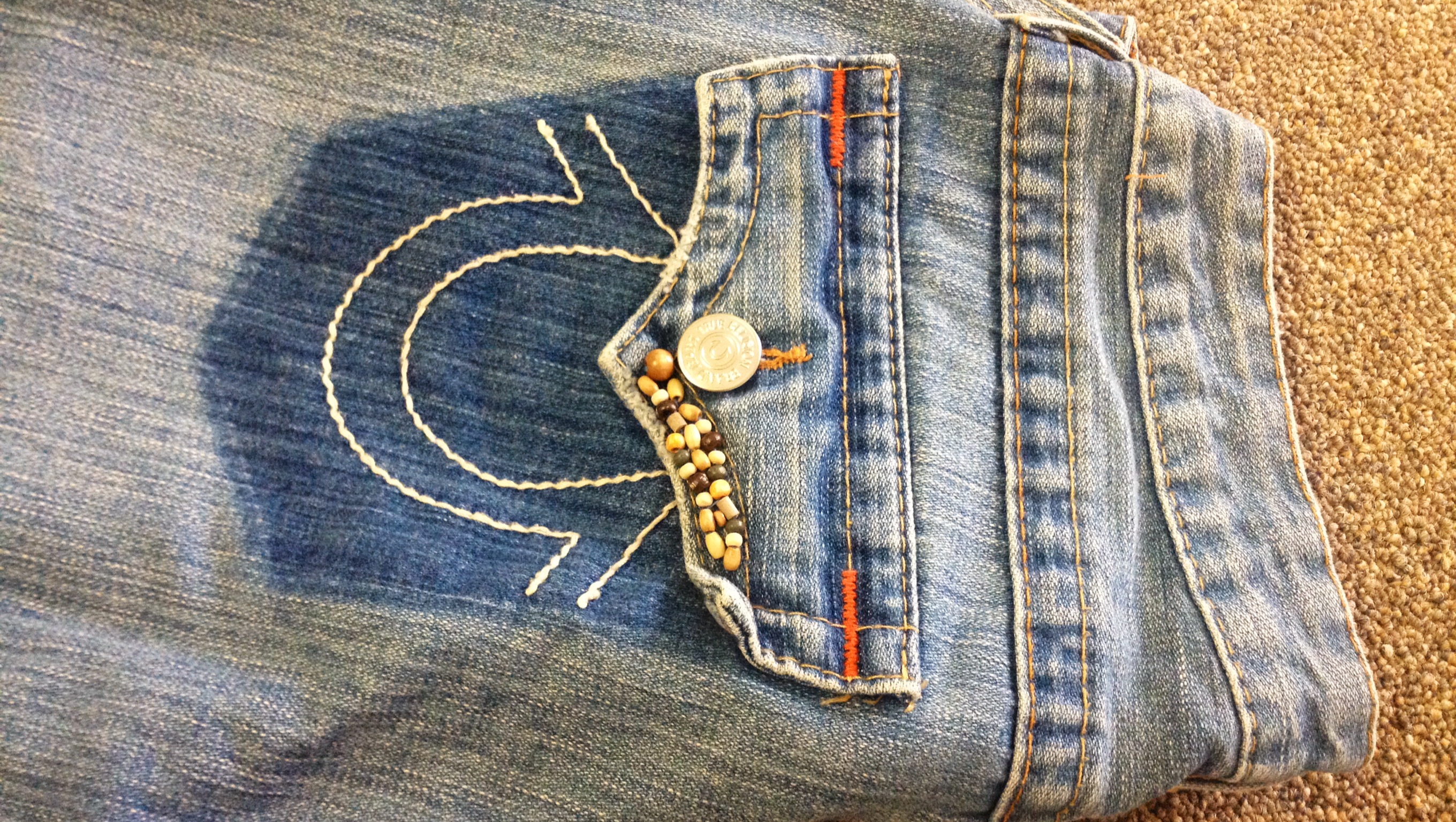If you’re like me, you care about the things you throw away and where they’re going. Recently, I began to actually clean out my closet at the home where I grew up, and I discovered dozens of clothes I rotated in and out of my college closet and items I no longer needed. I also found some toys and trinkets I had held onto out of sentiment and really needed to pass them on.
When I was growing up, my family often gave gently-used items to our friends in need, hoping they would help us distribute our unwanted possessions to others in need. It’s not a bad idea, but it puts the onus on someone else to “steward” your old things. Sometimes, they’ll know just the person to give it to; other times, it probably sits in their garage for months or years, collecting dust and taking up space, because we did not put in the extra effort. This “free” middle-man strategy to giving, I believe, can’t be the best possible way.
After researching some alternatives, I present to you my Guide to Getting Rid of Clothes. It requires some extra effort, but knowing that these items will be put to good use helps me 1) clean more ruthlessly and practically; and 2) know that the money spent on those items did not go completely to waste. Are you in the middle of cleaning or moving? Here are some steps you can take:
1) Start by asking yourself the right question.
- The question is not: “Do I still want this?” Instead, the question is: “If someone else needs this, or could use this well, do I want to keep it to myself?”
- You may have the opportunity to get some spending money out of your clothes if you feel you want some new things– keep reading!
2) Divide unwanted items by quality and value.
- You can create 4 major categories: Consignment/Resale, Charity (new), Charity (used), and Trash. I’ll explain these categories in a second, and what organizations are appropriate for them.
3) Bag appropriate items for mail, delivery, or reselling.
- Commit to actually mailing, delivering, or reselling these things. Don’t just move them from your closet to your car! Schedule a time to run these errands and go.
4) If any items are turned away, try Plan B.
- Sometimes charities and resale/consignment stores will turn away your things. Accept their decision and move those items to a different category.
The Categories Explained
- Consignment/Resale. Ever heard of Crossroads Trading Company or Second Time Around? These types of stores are located all over the country and are a great option for getting rid of designer or high-quality, barely-used clothing, shoes and accessories. Why should you consider this option rather than just sending your stuff to Goodwill? Because if you desire to give to those in need, they will probably prefer a gift card purchased with the money you earn rather than your designer items. Furthermore, if you have your eye on something you can’t quite afford, selling your things can get you there. Visit your local store’s website for details on selling or consigning your items.
- Charity (new). There are things consignment and resale stores will not take, which you will discover once you try. They might take only one of your items! So, this category is for good, quality items that might not be in perfect condition or designer-brand. Do you have office-appropriate clothing and accessories such as blazers, bags, or shoes? Try giving them to Dress For Success, a nonprofit that helps underprivileged women navigate the job-application process. Do you have bras in good condition? Mail them to Free The Girls, a nonprofit that offers women ex-slaves around the world the option of selling bras in their local clothing market. Want to get rid of formal and semiformal gowns and evening-wear that still look great? Consider sending them to The Princess Project, where they will be distributed or sold at low prices to girls in need of a special outfit for prom. Finally, do you have toys, little trinkets, stuffed animals or children’s books in good condition? Put them in a shoe box and send them to Operation Christmas Child, to give Christmas gifts to children around the world. (With all these drives, read and follow their instructions carefully!)
- Charity (used). These are the items that would not sell, are not appropriate for specific clothing drives, but are still in decent condition. These items can go to your local homeless shelter (contact them first to see what items they are accepting), Goodwill, an American Cancer Society Discovery Shop, or Salvation Army.
- Trash. If something is clearly damaged and ripped beyond repair, it goes to the dumpster. This would include very old t-shirts, undergarments, smelly shoes, and used items. Something you would be embarrassed giving to someone you know.
Why should we care?
Yes, I know this is a lot of work. It’s harder than dumping stuff on a friend. It’s harder than dumping stuff at the door of Goodwill. Can’t someone else do the work of getting these items to people who need them most?
No, they can’t. Ever wondered where the profit of Goodwill goes? I have, but I can’t seem to find a definitive answer. Ever wondered where unwanted stock at Goodwill goes? It gets sold to overseas clothing markets, often back to the countries where they were manufactured after being purchased, used and thrown away by us. Americans throw away tons and tons (literally) of clothes every year. According to Elizabeth Cline, author of Overdressed: The Shockingly High Cost of Cheap Fashion, the result of our disposable-clothing habit is pollution, exploitation, and waste. Read an excerpt here.
Ok, enough ranting! I hope this provides a helpful new way of evaluating your belongings– especially those items you could do without on most days. So make some space in your closet to fill some space in someone else’s! And when you shop again, look for beautiful, versatile pieces that will last you longer than the items you just gave away.


